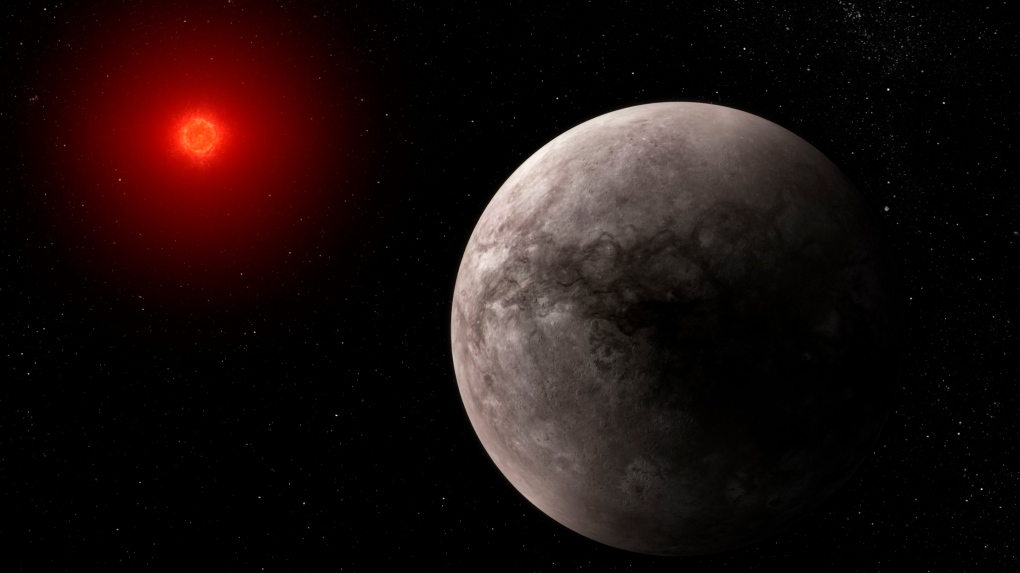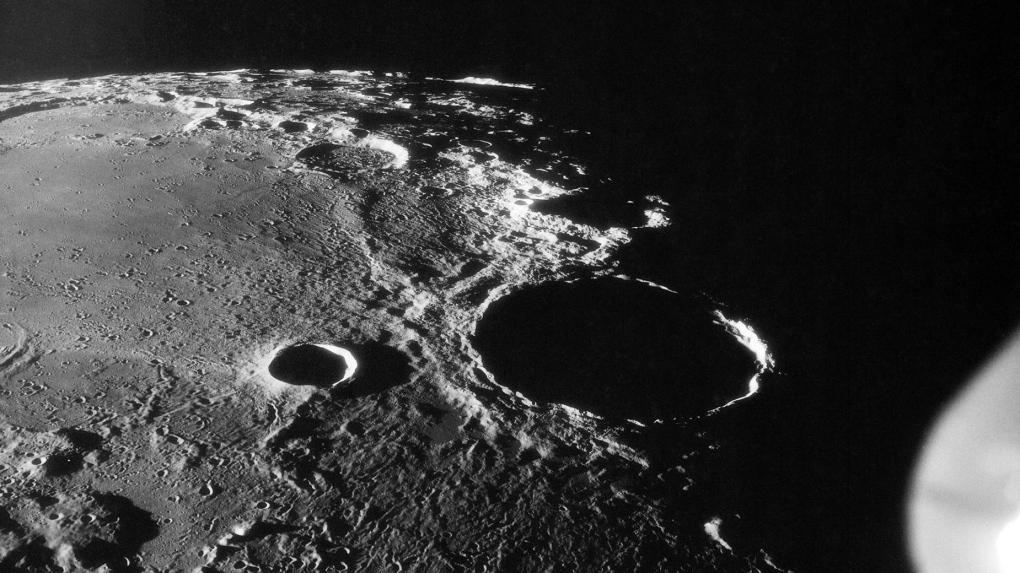A team of researchers from multiple countries, including those from the Massachusetts Institute of Technology (MIT) and the University of Birmingham, have discovered a new way to determine whether exoplanets are habitable or potentially inhabited.
The research, published Thursday in Nature Astronomy, shows that if a planet has less carbon dioxide in its atmosphere than its neighbours, it implies the presence of liquid water – the determining factor for habitability.
Researchers say this is likely because the carbon dioxide is being dissolved into an ocean or “sequestrated by a planetary-scale biomass.”
The scientists said habitability refers to whether an exoplanet can hold liquid water on its surface. Like Earth, the planet must be a certain distance away from its star, an area described as the “habitable zone” or the “Goldilocks zone.”
“Planets too close to their star are too hot (such as Venus), those too far, are too cold (like Mars), whereas planets in the ‘habitable zone’ are just right,” a news release accompanying the research states.
Until this discovery, there had been no practical way to determine a planet’s habitability, researchers said, although other scientists had made progress. The release states the previous method of checking for liquid water on exoplanets involved looking for a starlight reflection or “glint.”
However, researchers added this signature is hard to detect with currently existing technology.
Amaury Triaud, professor of exoplanetology at the University of Birmingham in the U.K. and co-leader of the research team, said this new method can be used right away.
“It is fairly easy to measure the amount of carbon dioxide in a planet’s atmosphere. This is because CO2 is a strong absorber in the infrared, the same property causing the current rise in global temperatures here on Earth.
Triaud said scientists already know that the Earth’s atmosphere used to be made up of mostly carbon dioxide until it dissolved into the ocean, allowing the planet to support life. He added studying carbon dioxide in other planets may provide insight into the point at which carbon levels make a planet uninhabitable.
“For example,” Triaud said, “Venus and Earth look incredibly similar, but there is a very high level of carbon in Venus’ atmosphere. There may have been a past climatic tipping point that led to Venus becoming uninhabitable.”
Julien de Wit, assistant professor of planetary sciences at MIT and co-leader of the study, said the new method can also be used as a biosignature, or evidence of a biological process.
“One of the tell-tale signs of carbon consumption by biology, is the emission of oxygen. Oxygen can transform into ozone, and it turns out ozone has a detectable signature right next to CO2. So, observing both carbon dioxide and ozone at once can inform us about habitability, but also about the presence of life on that planet,” de Wit said.
He also emphasized the importance of being able to check for carbon dioxide levels in exoplanets with current telescopes.
“Despite much early hopes, most of our colleagues had eventually come to the conclusion that major telescopes like the JWST (James Webb Space Telescope) would not be able to detect life on exoplanets. Our work brings new hope,” de Wit said.
“By leveraging the signature of carbon dioxide, not only can we infer the presence of liquid water on a faraway planet, but it also provides a path to identify life itself.”




